Mount Auburn’s Historical Collections
The rich history of Mount Auburn’s renowned landscape survives in the Cemetery’s Historical Collections Department, which cares for correspondence, horticultural records, interment records, books, maps, plans, blueprints, photographs, prints, drawings, paintings, sculpture, decorative arts, and ephemera. The collection actively grows through purchases, gifts, and acquisitions.
SIGNIFICANCE OF THE COLLECTIONS
The rural cemetery movement is a subject of growing interest to scholars and educators across disciplines including landscape and architectural history, horticulture, American studies, anthropology, sociology, natural sciences, and medicine. Within Mount Auburn’s comprehensive archives, the only known collection of its kind in the nation, researchers can discover materials that reflect society’s changing ideas about death and commemoration, religion and ethics, landscape design and nature, and conservation and environmentalism over the past 180 years.
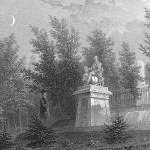
Approximately 400 researchers from around the world—architects, landscape designers and historians, biographers, genealogists, preservationists, curators, writers, publishers, teachers, filmmakers, artists, poets, and individuals with family members buried at the Cemetery—make queries to Mount Auburn’s Historical Collections Department each year. Recent publications that have drawn extensively upon resources housed in the Cemetery’s Historical Collections include This Republic of Suffering: Death and the American Civil War by Drew Gilpin Faust; The Escher Twist by Jane Langton; Purified by Fire: A History of Cremation in America by Stephen Prothero; and Fresh Pond: The History of a Cambridge Landscape by Jill Sinclair.
The Historical Collections are an invaluable resource for Mount Auburn Cemetery staff involved with improving the landscape, implementing preservation plans for monuments and buildings, developing new burial sites, and creating interpretive programs and materials. As many as 100 academic, cultural, and other institutions also consult with Mount Auburn annually.
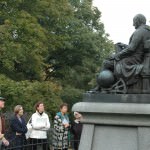
Researchers visiting the archives will find Mount Auburn’s holdings organized into Archives, Library, Photographs, and Fine and Decorative Arts. In addition, the Department has responsibility for the Cemetery’s collection of significant fine art monuments, stained glass, and monuments and landscape furnishings owned by Mount Auburn.
ARCHIVES
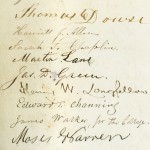
Mount Auburn Cemetery’s Archives holds materials generated and collected by the Mount Auburn Cemetery since its inception. The collection contains business and legal documents such as deeds, lot correspondence, invoices, death certificates, lot work order cards, entrance tickets, trustee records and meeting minutes, annual reports, interment records, superintendent reports and correspondence books, operations and engineering records, horticultural records, and financial records.
The holdings also include general correspondence, manuscripts, news clippings, ephemera, and maps. Subject strengths are cremation, rural cemetery practices, and early nonprofit history. Mount Auburn’s comprehensive institutional records are the only known collection of its kind in the nation.
LIBRARY
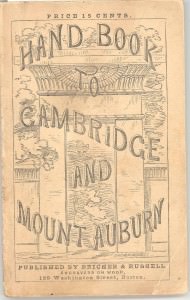
The Library holds more than 3,000 accessioned books that include 19th-, 20th-, and 21st-century works, signed or first editions, by or about people buried at the Cemetery, as well as reference books on local history, other cemeteries, the rural cemetery movement, cremation, burial practices, horticulture, funerary art, and landscape architecture.
Among the highlights are Jacob Bigelow’s Elements of Technology (1829), Cornelia Walter’s Mount Auburn Illustrated (1847), series of cemetery and funeral industry periodicals, and numerous 19th-century guidebooks about the Cemetery including those by Nathaniel Dearborn and Moses Brown.
PHOTOGRAPH COLLECTION
The Photograph collection holds more than 6,000 catalogued prints and negatives and a large slide collection, which together chronicle Mount Auburn from the mid-19th century to the present. Broad subjects represented are burials, monuments, mausolea, buildings, landscape, aerial views, horticulture, wildlife, maintenance, staff, events, and programs. The images come from a variety of sources including Cemetery records, superintendent reports, photograph albums, guidebooks, and general reference files. Spanning the history of the medium, the collection comprises a broad range of formats and processes including stereoviews, lantern slides, glass-plate negatives, black-and-white prints, 35mm slides, color prints, and digital images.
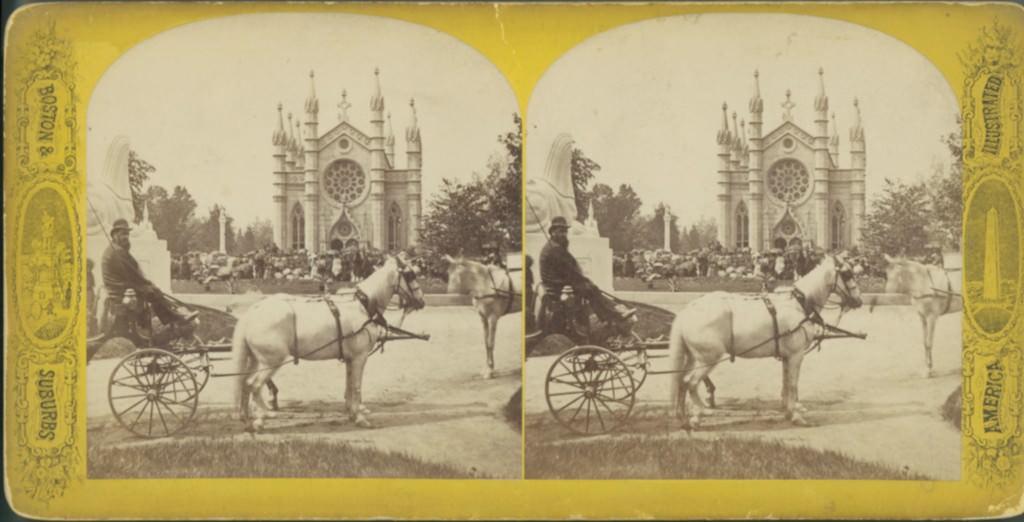
FINE AND DECORATIVE ARTS
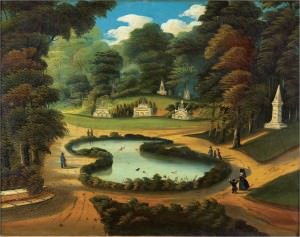
The Cemetery’s Fine and Decorative Arts include commissioned works as well as purchases and gifts. Mount Auburn holds several 19th-century oil paintings, sculptures, and decorative arts for Story and Bigelow Chapels, in addition to many prints, watercolors, drawings, and contemporary works of art. Of note are an 1832 souvenir tea cup, a 19th-century china pin tray, and an 1849 girandole set with Bigelow Chapel as the motif. Researchers will also find other objects among the holdings such as chapel textiles, forged iron tools, gatekeeper’s helmets, and award medals from the Massachusetts Horticultural Society.
USING OUR COLLECTIONS
Mount Auburn is happy to respond to research requests.
Genealogical Research – If you are conducting genealogical research, please peruse our research request options, learn about our resources, or visit our online store to complete a research request. Please contact research@mountauburn.org with any questions or for additional genealogical services.
Using Our Historical Collections– Access to the historical collections is by appointment only. If you are interested in utilizing our collections for your research, please contact Meg L. Winslow, Curator of Historical Collections by email at mwinslow@mountauburn.org or by phone at 617-607-1942.
Leave a Reply to Jennifer Johnston Cancel reply